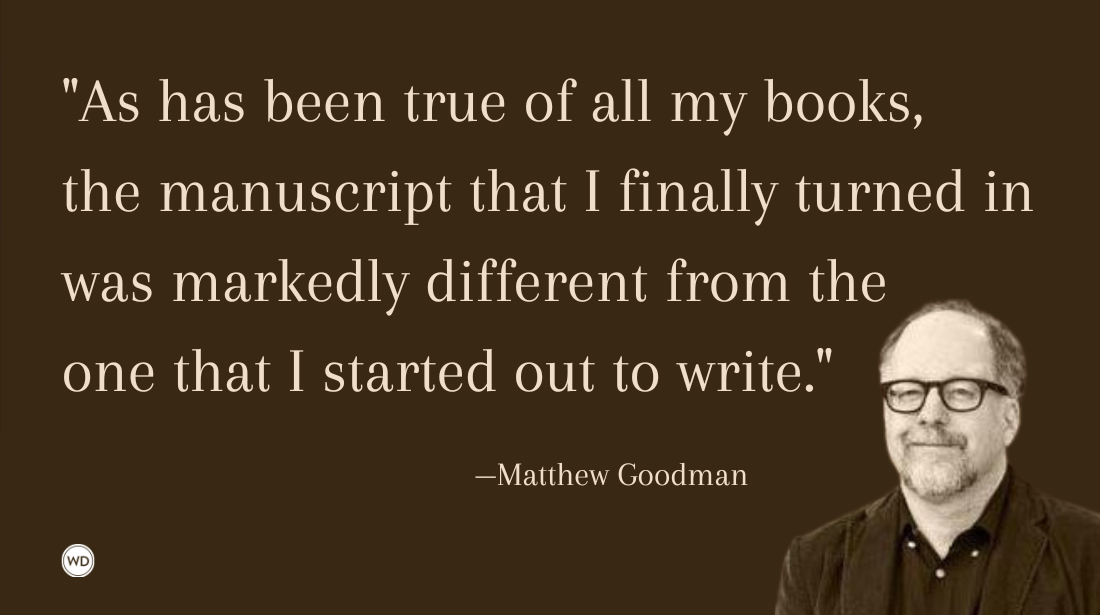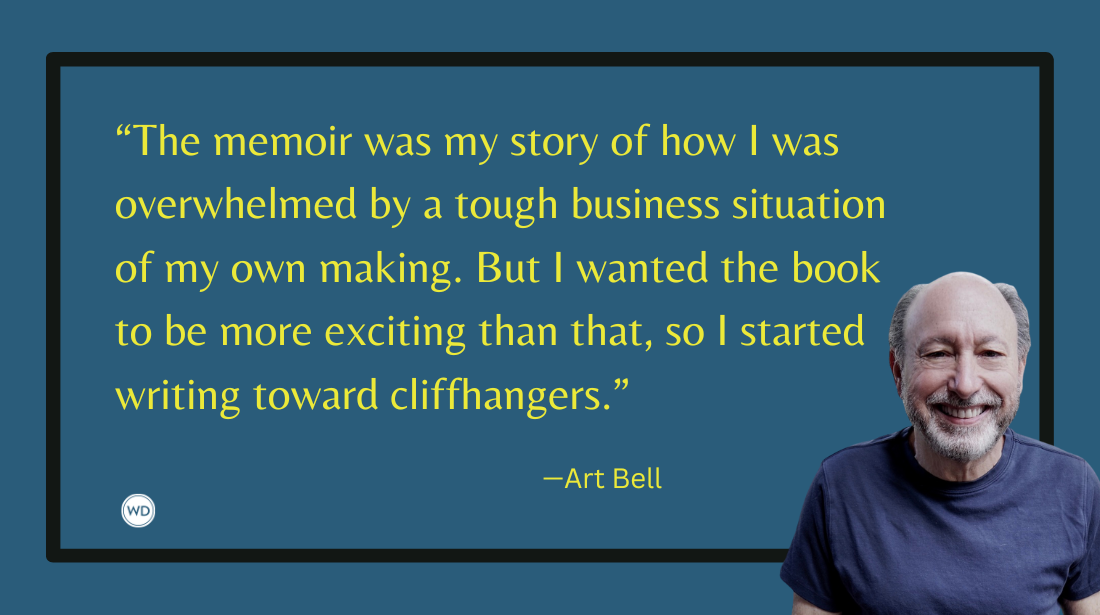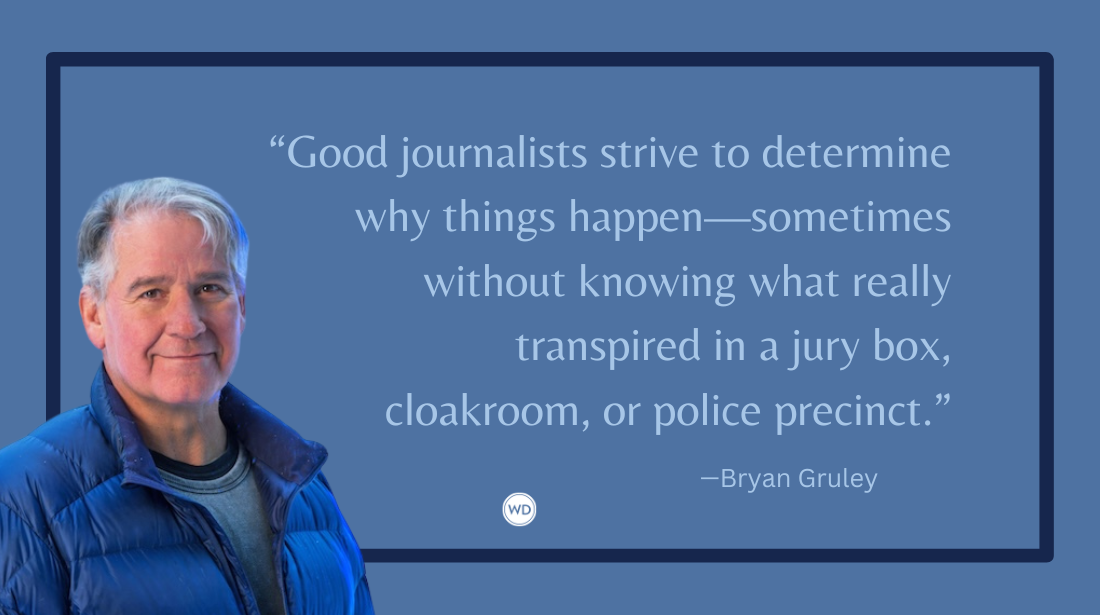5 Tips for Journalists on How to Write an Effective News Piece
Get to the point quickly with these 5 tips for journalists on how to write an effective news piece by freelance writer and journalist Alison Hill.
Newsworthy stories are determined by their immediacy or timeliness, proximity (the location of the event), importance to your audience, and potential impact. Whether you’re a full-time reporter, a freelance writer, or citizen journalist, the same fundamental rules apply when it comes to writing an effective news piece.
News articles must be succinct, clear, interesting, relevant to your audience (this will depend on whether you cover local, national, or international news), balanced, and presented objectively in a style that’s simple to understand and easy to read. So cut the flowery descriptions (shelve the thesaurus), hold the metaphors, and toss out your opinion. Get to the point quickly, working with the facts and quotes you’ve gathered from your research and interviews, and above all, stick to the truth.
Here are 5 tips on how to write an effective news piece.
1. Get in the trenches and learn to work quickly “in the field.”
If you’ve worked in a newsroom, then you know that oftentimes news articles must be written quickly, and you’ve probably conducted countless in-person interviews (often on scene, in noisy areas and in difficult circumstances). This “boots on the ground” journalism, where you go out in the field, is the most accurate and genuine form of news reporting as you’re in the heart of the story and can interview the people or witnesses directly involved.
You also get a feel for the atmosphere and where an event took place. Then, you gather further facts and information to build the rest of the article, which can be done back at your desk. If you’re a budding journalist who wants to cover news properly, rather than regurgitate already reported stories, then you should master these skills.
I once had to interview two police detectives over the phone, gather all my research (written in old-school reporter’s notebooks), and write a front-page lead in 20 minutes for a breaking story. Another time I was covering a flood and had to relay the story from a payphone since my office was blocked by deep water. It’s amazing what you can achieve when under pressure.
Because of this need for speed, it’s useful to stick to tried and tested writing methods and formulas, which we’ll get to shortly.
2. Find a good story—bonus points if it’s a scoop!
Good stories write themselves as they say, and it really is true. When you dig up a great story, or even better, one happens to fall in your lap, it’s a pleasure and a breeze to cover. A “good” story in journalism can mean many things. It can be new, unknown, unusual, and unreported. The term for a story told for the first time is a scoop or exclusive. Reporters love scooping rival publications, breaking a story first. “Good” also means important, where you provide information the public needs to know as it directly affects their lives.
When you write a piece that compels people to say, “Omg, did you hear the news?” Then you’ve got yourself a scoop. I’m not saying journalists are gossip spreaders, but yes, in a way, we are.
When first starting out you may find it hard to find stories, but with a little practice, and when you become more observant (and very nosey), you’ll find them everywhere, and your biggest problem will be choosing which one to tackle first. They won’t all work out, it really depends on available sources, who is willing to speak on record, and if there are any legal challenges.
Good also means how the event affects people, and we’ll cover that in the next tip.
3. Get Personal—find a good angle.
The “angle” in journalism refers to the perspective or viewpoint from which you tell a story, and it’s most effective when related to a person, as it evokes emotional reactions. “Families lose homes in raging wildfire” is more impactful than “raging wildfire destroys 50 homes,” as readers will empathize with the human suffering more than the destruction of property. So, personifying a news story is key. This can also apply to animals. Remember the story about the injured koala in the Australian wildfires of 2020?
A story’s angle can also be strengthened by using statistics (how many wildfires have occurred in the past 10 years in the area?) and interviewing experts, if we continue the wildfire theme this could be a firefighter or environmental scientist.
Depending on your beat, publication, and specialty, the angle could also be about the environmental impact, causes, and so on.
A peg or hook is the factor that makes it topical and timely.
For most stories, there is always a premise, an angle, a peg, and a hook. Even a straightforward news story, let’s say a car accident, will have an angle. Was there a fatality? If so, who was the victim and how old were they? Was it a hit and run? Was there alcohol involved? All these facts can influence the angle of your story.
4. Identify sources—can I quote you on that?
Use multiple sources for your news article—this applies to records and people. A good news article should have a minimum of two primary sources willing to be on the record. Always use an attribution, with their name, title, and position (which should have some relevance to the story) as this adds credibility. The current trend not to name a source and instead write something like, “a source close to the case claimed…” is tiresome. This is lazy journalism and readers will naturally wonder about the identity of this mysterious source.
Seek out multiple witnesses and cover both sides of a story, giving the “opposing” side an opportunity to respond and make a comment.
As well as checking basic facts, such as what happened when, where, and at what time, you also need to ask your sources how they would like to be identified in your article—their name, title, and relevance to the story. Also, double check the spelling of their names. They will notice if you spell it incorrectly.
5. Use a strong structure or formula.
We’ve all heard of the five W’s (and H)—the who, what, when, where, why, and how of storytelling. In news, the answers to these questions will be the framework of your piece.
A news article is formulaic by nature, and some professionals swear by the traditional inverted pyramid structure, or what some refer to as “front-loading,” where the details are presented by order of importance. The most important information is inserted in the lead (lede) paragraph of the story, which should quickly grab the reader’s attention.
The next paragraph or “nut graph” gives the story context, tells people why they should care and why it’s timely. A nut graph is designed to hold the reader’s attention and urge them to keep reading. The rest of the article includes quotes and additional information.
The lede is the most important and for some, the most difficult to write. Often while driving back from an interview as a reporter, an article would start forming in my head and by the time I sat down to write, it was just a matter of quickly typing the first paragraph before I forgot. Once I had the lede down, the rest was easy, merely filling in the blanks. This is handy when you’re racing the clock.
One more…
Writing Style—be active and stick to the facts!
Be specific in your writing and avoid using vague language. Words like “probably,” “maybe,” or “possibly” are not good enough. As a journalist you work with facts. If something is dubious or as-yet unknown, such as a group accused of being a cult, it should be referred to as an “alleged cult,” until proven otherwise.
While most of us tend to use the active voice in our writing, it’s worth reiterating its importance here. As author William Strunk Jr. writes in Elements of Style, “The active voice is usually more direct and vigorous than the passive.”
For example, never write, Mistakes were made, a now famous phrase found on countless memes. The New York Times calls it a “classic Washington linguistic construct” and journalist and political scientist William Schneider says this should be referred to as the “past exonerative” tense.
Let’s conclude with one of the best clichés in the business, a classic example of passive voice and how not to end an article:
“A good time was had by all.”
Alison Hill is a freelance writer, journalist, and Emmy-nominated producer who writes for print and online publications. Since 2001, Alison has been a regular guest commentator on BBC radio news shows discussing US politics and current events. Before going solo, she was a PBS producer and director and also worked as an investigative journalist for a Welsh TV series. From hosting TV shows and creating online content to going undercover with a hidden camera, she’s done it all. Alison grew up in a tiny village in Wales and speaks fluent Welsh. She’s an avid hiker, who also loves camping, kayaking, and reading. She now lives in South Carolina with her husband, 8-year-old daughter, and two rescue cats.








